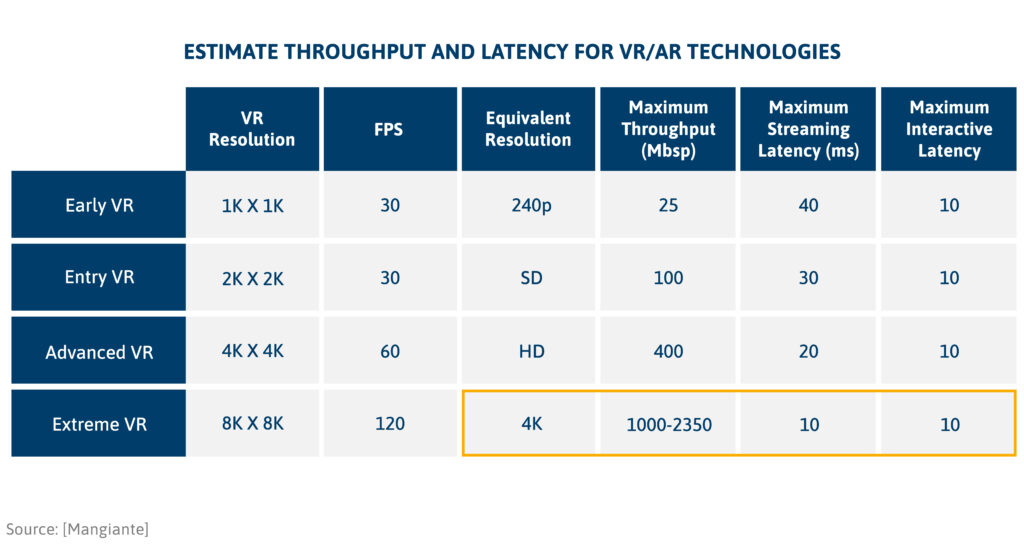While 5G deployment continues to gain momentum across the world, Wi-Fi network capabilities have been evolving as well. Just as organizations started getting used to the implementation of Wi-Fi 6, Wi-Fi 7 is now emerging as one of the most important areas of investment in new connectivity technologies.
According to the Wireless Broadband Alliance’s (WBA) Annual Industry Report 2023, more than a third (33%) of service providers, technology vendors and enterprises already have plans to deploy Wi-Fi 7 by the end of 2023.
Currently, the report revealed that Wi-Fi 6E has become the de-facto industry standard. 53% of organizations have already deployed Wi-Fi 6E and a further 44% are working on plans to deploy the network in the next 12 to 18 months.
Compared to Wi-Fi 6E, Wi-Fi 7 will supercharge current Wi-Fi capabilities with new technologies, such as multilink operation and time sensitive networking – ideal for Industry 4.0 applications – while leveraging the 6GHz spectrum dynamically with automatic frequency coordination.
As expected with newer technologies and experiences taking over, the network needs to be able to support data-intensive, low-latency applications and use cases, be it smart cities or immersive technologies including the metaverse. As such, the uptake of Wi-Fi 6E and Wi-Fi 7 is being driven by this growing appetite.
Newer Wi-Fi technologies offer better scheduling and greater interference management, which respondents to the survey now see as essential in supporting high-quality video, virtual reality (VR), augmented reality (AR) and other advanced consumer experiences.
The report detailed a renewed focus on the quality of experience (QoE) delivered to end-users, with 90% of service providers, equipment manufacturers and enterprises now ranking it as a key differentiator in monetizing their Wi-Fi services. 61% of respondents identified services such as high-definition video streaming, AR, VR and potential metaverse applications as key revenue opportunities.

(Source – Wireless Broadband Association)
At the same time, global momentum for WBA OpenRoamingTM, which reached a milestone of one million hotspots in early 2022, was also underlined by the report. OpenRoaming enables users to connect automatically and securely to millions of Wi-Fi networks around the world without the need for logins, registrations, or passwords, facilitating “always on” connectivity.
Passpoint technology removes the friction usually associated with onboarding and offboarding between hotspots. 62% of service providers, equipment manufacturers and enterprises worldwide will have already deployed Passpoint/OpenRoaming technology or are planning to do so by the end of 2023. A further 25% are expected to deploy the technology by 2025.
Convergence is critical for Wi-Fi 7
With the demand for better connectivity growing, the report also highlights the need for convergence between Wi-Fi and cellular technologies in the interests of creating a seamless user experience.
For example, in enterprise markets, 70% said Wi-Fi and 5G will coexist, with 61% claiming convergence would support enhanced flexibility for enterprise services. 53% also said that convergence between licensed and unlicensed technologies was critical or important for the current commercial strategy
“What we’re seeing here is the industry at large identifying increasing value in Wi-Fi technology in the wake of highly anticipated new use cases. What’s more, service providers, equipment manufacturers and enterprises around the world know that those use cases are best served in a converged environment, where Wi-Fi and 5G complement each other.
Therefore, we’re seeing the industry advance at breakneck pace toward Wi-Fi 7, with mobile operators leveraging Wi-Fi as part of their 5G strategies to maximize coverage and optimize capacity – it’s all about the user experience. This includes how people and things connect to the networks – automatically, securely and with privacy assured and that is where OpenRoaming provides the essential ingredient,” commented Tiago Rodrigues, CEO of the Wireless Broadband Alliance.
For Adlane Fellah, Senior Analyst Maravedis, ensuring a predictable quality Wi-Fi experience has become the main driver of innovation and collaboration in the industry. Fellah added that in a post-pandemic world, consumers and businesses expect more from Wi-Fi and rely on it more than ever. Immersive experiences, low latency applications and seamless roaming will drive the Wi-Fi industry for the foreseeable future.
Source: techwireasia










